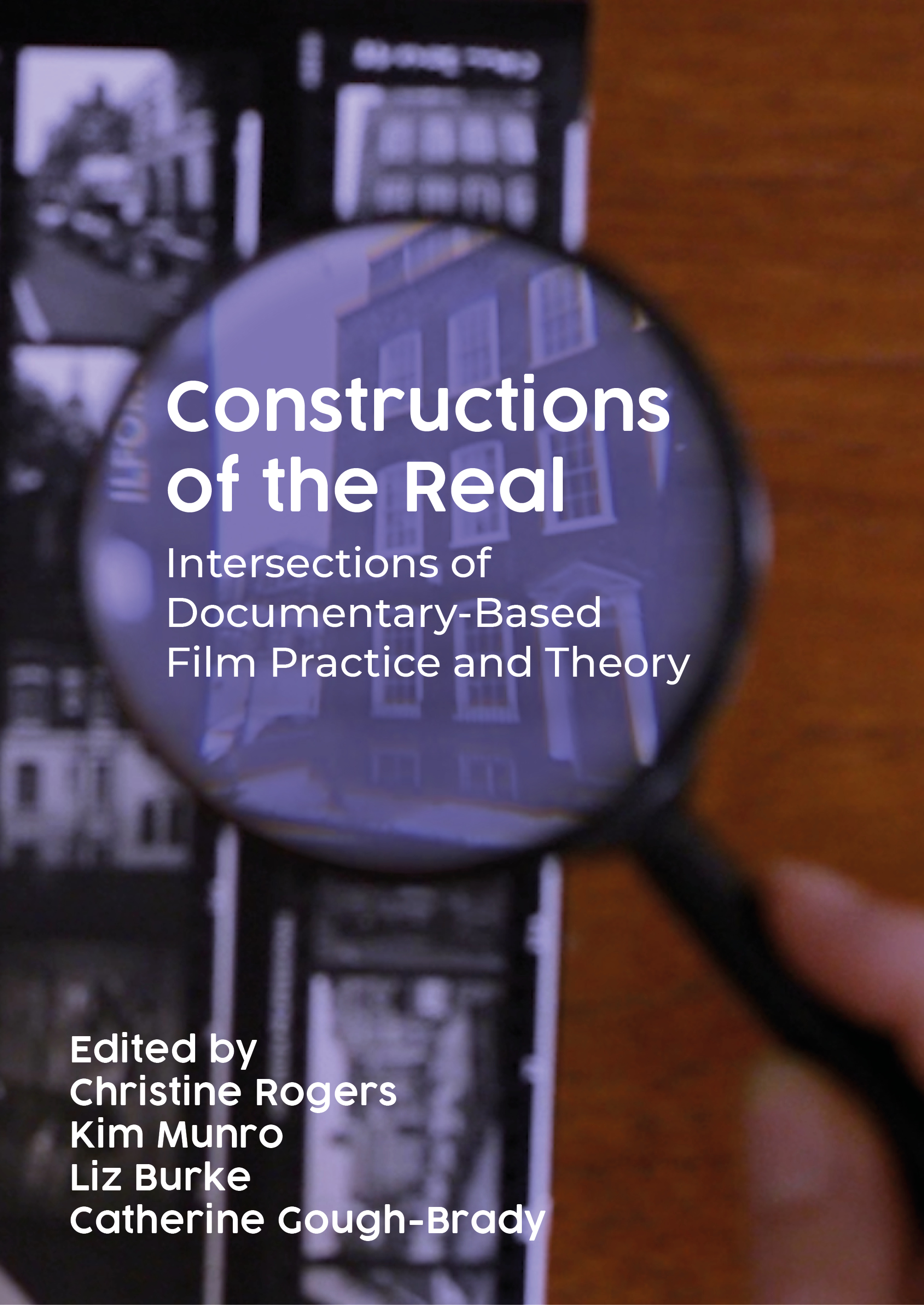
Full text loading...
 The Deathless Woman" title="image of Flaunting Artifice: Restaging History as Critical Fabulation in The Deathless Woman" />
The Deathless Woman" title="image of Flaunting Artifice: Restaging History as Critical Fabulation in The Deathless Woman" />
How can non-realist modes (such as fabulation and the methods of documentary theatre) can be effective strategies to represent the complexities of traumatic past events in impactful and relevant ways? This chapter takes the imagination-led methodologies of documentary theatre as a model to explore how strategies which are not bound by notions of indexicality, can be applied within documentary film to break away from emphasis on authenticity to foreground the affective re-experiencing of past events. Applying Saidiya Hartman's critical fabulation as a methodology that is alert to the politically-motivated absences of history and using scenes from The Deathless Woman as a case study, I draw on the work of theatre practitioners to explore how theatrical methods can work to restore lost, obscured and marginalised histories. These innovative works are bound by their contra-indexical approach to the representation of genocide, trauma and atrocity.
Keywords: Counter-histories ; Documentary theatre ; Ghost ; Haunting ; Holocaust ; Imagination ; Re-enactment ; Roma ; Subjectivity ; Trauma cinema ; Truth ; Uncanny

Full text loading...

Data & Media loading...
References
References
